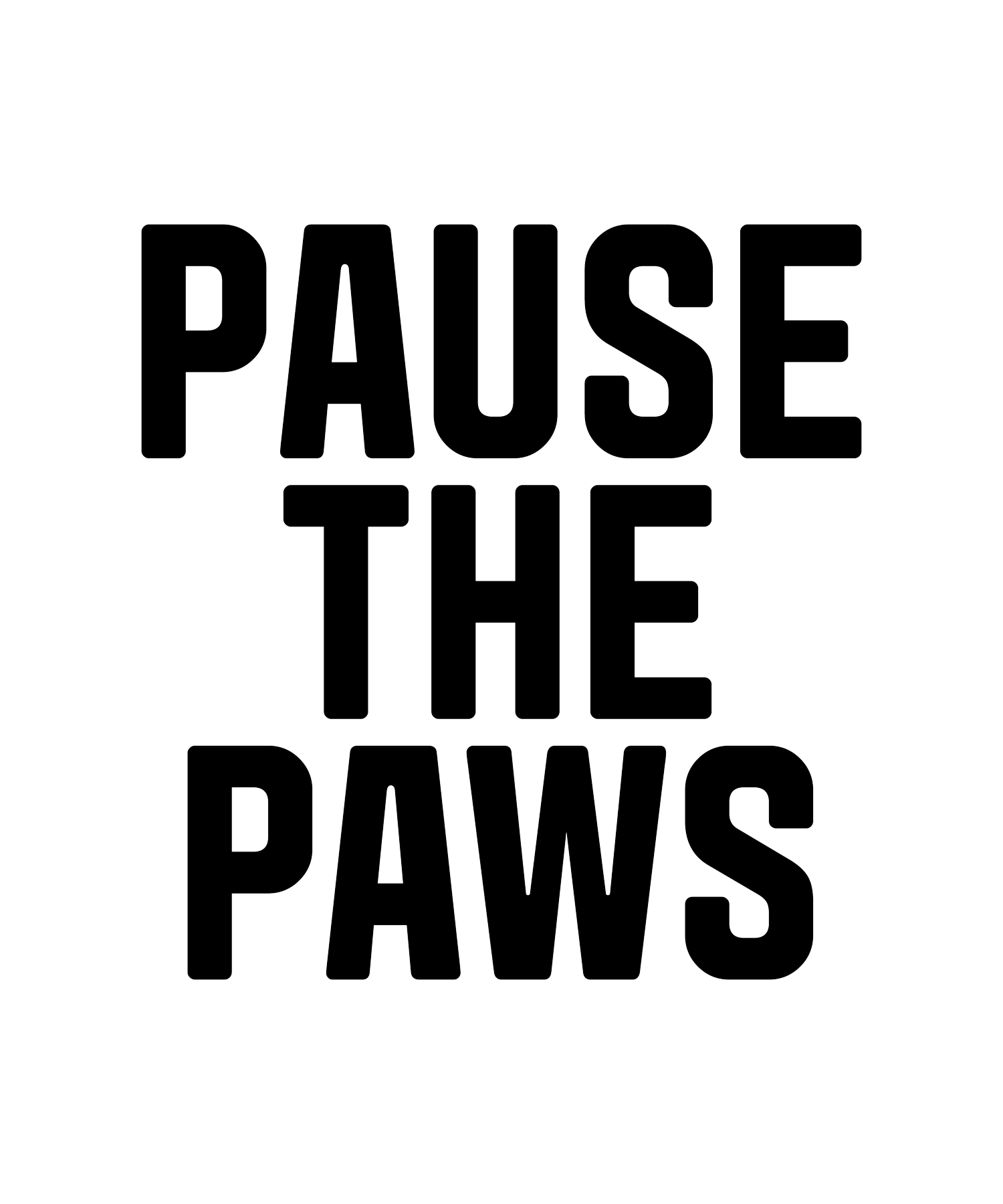Dogs on a Plane
Dogs on a Muth@%#@^in plane. Where is Sam Jackson when you need him?
As more airlines continue to embrace dogs, a new debate emerges. While dogs on airplanes offer comfort to some, concerns are mounting over potential drawbacks. For those with cynophobia, the presence of dogs can exacerbate anxiety, and the cleanliness factor on notoriously dirty planes continues to raise questions. Striking the right balance between canine comfort and the needs of all passengers becomes essential in this evolving discussion.
First, a look at current airline policies.
American Airlines: American Airlines allows small dogs and cats in the cabin, as long as they are in a carrier that fits under the seat in front of you. The carrier must be leak-proof and well-ventilated, and your dog must be quiet and well-behaved. Dog ownersalso need to pay a pet fee of $125 each way.
Delta Airlines: Delta Airlines also allows small dogs and cats in the cabin, but there are some restrictions. Dogs must be in a carrier that is no larger than 19 inches long, 13 inches wide, and 9 inches high. The carrier must also be soft-sided and leak-proof. Dog owners need to pay a pet fee of $125 each way.
United Airlines: United Airlines allows small dogs and cats in the cabin, but there are some size and weight restrictions. Dogs must be no larger than 18 inches long, 11 inches wide, and 11 inches high, and they must weigh no more than 20 pounds. Dog owners need to pay a pet fee of $125 each way.
Southwest Airlines: Southwest Airlines does not allow pets in the cabin, with the exception of service animals. Service animals are not subject to any size or weight restrictions.
JetBlue Airways: JetBlue Airways allows small dogs and cats in the cabin, as long as they are in a carrier that fits under the seat in front of you. The carrier must be no larger than 19 inches long, 13 inches wide, and 9 inches high. Dog owners need to pay a pet fee of $100 each way.
These are just a few of the policies of major airlines in the US. It is important to check with the airline you are flying with to find out their specific regulations for dogs in the cabin.
How can the policy be abused?
The policy on dogs in the cabin can be abused in a few ways. Some people may try to bring dogs that are too large or too heavy in the cabin. Others may try to bring dogs that are not well-behaved or that are not up-to-date on their vaccinations. Clearly not all of these dogs qualify as service dogs.
If you see someone abusing the policy on dogs in the cabin, you should report it to the airline. The airline will take appropriate action, which may include refusing to allow the dog on the flight or issuing a fine.
What to do if you're cynophobic and seated next to a dog?
If you are cynophobic, or have a fear of dogs, and you are seated next to a dog on a plane, you have a few rights. First, you can ask the passenger to move the dog to another seat. If the passenger refuses, you can ask the flight attendant to intervene. The flight attendant may be able to move you to another seat or ask the passenger to keep the dog in its carrier for the duration of the flight.
You may also want to consider bringing a doctor's note with you to the airport. This note can explain your cynophobia and request that you be seated away from dogs.
It is important to remember that you have the right to feel safe and comfortable on a plane. If you are seated next to a dog and you are feeling anxious or uncomfortable, you should not hesitate to speak up.
